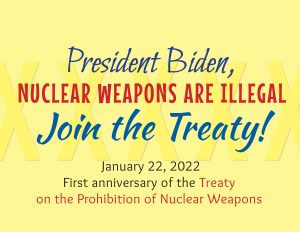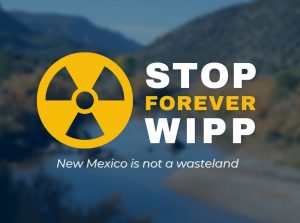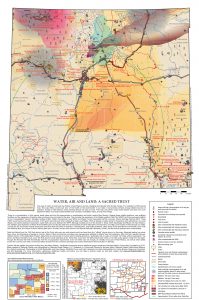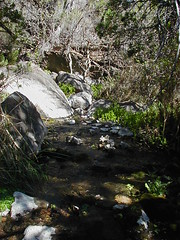New Mexicans Attend the Compliance Review of the United States by the United Nations Committee on the Elimination of Racial Discrimination in Geneva
Runs 8/15/14 through 8/22/14
(THEME UP AND UNDER) This is the CCNS News Update, an overview of the latest nuclear safety issues, brought to you every week by Concerned Citizens for Nuclear Safety. Here is this week’s top headline:
* New Mexicans Attend the Compliance Review of the United States by the United Nations Committee on the Elimination of Racial Discrimination in Geneva
This week delegations from around the world and New Mexico presented to the United Nations Committee on the Elimination on Racial Discrimination (CERD) during their review of treaty compliance by the United States. The CERD is an 18-member UN Treaty body that monitors compliance with the International Convention on the Elimination of All Forms of Racial Discrimination. Over 175 State Parties ratified the Treaty. The U.S. ratified it in 1994 and is bound by all provisions of the Treaty. The Committee received alternative information from New Mexicans, including representatives from the South West Organizing Project (SWOP), http://www.swop.net/, and the Multicultural Alliance for a Safe Environment (MASE), http://masecoalition.org/, which directly challenged the U.S. assessment of its compliance.
In June 2013, the U.S. submitted a compliance report to the CERD. In June of this year, Albuquerque-based SWOP, and MASE, a network of organizations based in the Grants uranium belt, submitted alternative or shadow reports to the Committee.
The MASE shadow report addressed uranium mining and milling wastes that, after more than 30 years, still have not been remediated in Milan, Church Rock, and throughout northwestern New Mexico. The unremediated wastes keep contaminating the air, land and water, while at the same time the U.S. government and state governments continue to permit new uranium mines. The impacts from both historic waste and new mining fall primarily on Indigenous communities.
The SWOP report outlines the unequal implementation and enforcement of air pollution laws in Albuquerque and Bernalillo County by local regulatory agencies and the U.S. Environmental Protection Agency (EPA). Local laws effectively segregate low-income and minority populations into neighborhoods that face high pollution and high health risks. For example, community efforts to sample the air in the San Jose neighborhood revealed that concentrations of the volatile organic compound chlorobenzene are 10 times higher than concentrations typically found in urban ambient air and are above the reference concentrations of the EPA. Chlorobenzene is a solvent and long-term exposure of humans affects the central nervous system. In the Mountain View neighborhood, there are more cases of lung, bladder, and brain cancer and leukemia than statistically expected. These neighborhoods do not have adequate means to seek redress from their unequal treatment under the current interpretation of federal environmental and civil rights laws.
After the review process, CERD will publish its Concluding Observations, which include recommendations for actions the U.S. should take to fulfill its commitment under the treaty to eliminate racial discrimination in its policies and practices. The CERD Concluding Observations along with the Alternative Reports are available online: http://www2.ohchr.org/english/bodies/cerd/.
This has been the CCNS News Update. For more information, please visit http://www.nuclearactive.org and like us on Facebook.
Tags: air pollution laws in Albuquerque and Bernalillo County, CERD, chlorobenzene, Committee on the Elimination of Racial Discrimination, Environmental Protection Agency, EPA, International Convention on the Elimination of All Forms of Racial Discrimination, MASE, Mountain View neighborhood, Multicultural Alliance for a Safe Environment, San Jose neighborhood, South West Organizing Project, SWOP, United Nations, uranium milling, uranium mining















Comments
No comments so far.